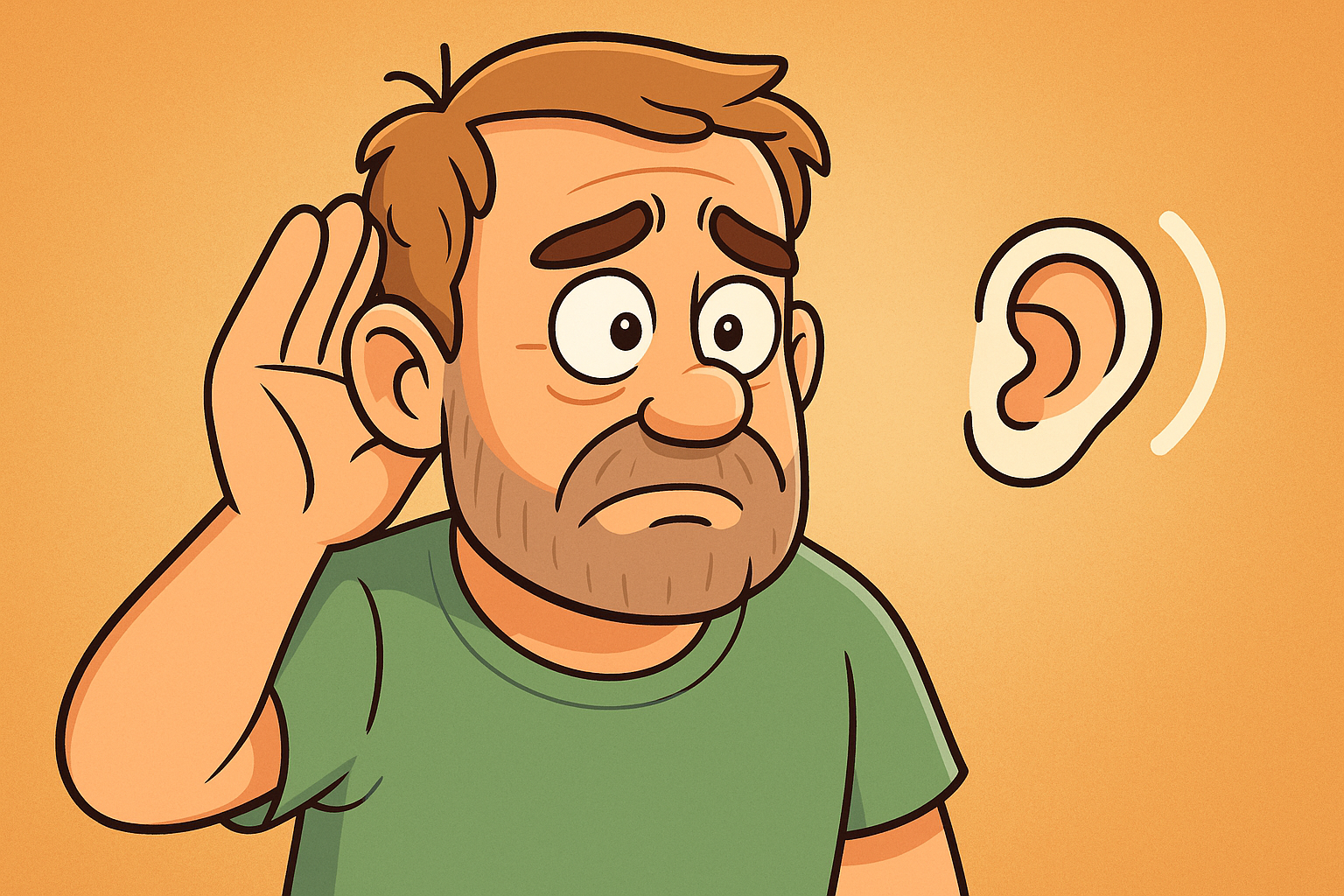The pandemic may no longer dominate headlines, but for millions of Americans, its effects are far from over. Long COVID—an often debilitating condition that persists long after the initial infection—continues to disrupt lives, careers, and families. Yet despite the scale of its impact, this condition remains largely misunderstood and overlooked in the broader public discourse. For those suffering, the legal path to long term disability for Long COVID can feel just as invisible as the condition itself.
Understanding Long COVID: More Than Just Lingering Symptoms
Long COVID, also known as post-acute sequelae of SARS-CoV-2 infection (PASC), describes a wide range of symptoms that persist for weeks or months after the acute phase of COVID-19. Common symptoms include chronic fatigue, shortness of breath, brain fog, heart palpitations, and even neurological or gastrointestinal issues. Some people develop entirely new health problems that didn’t exist prior to their COVID-19 infection.
The condition can affect anyone—regardless of age or the severity of their initial illness. What’s more, even people who were previously healthy and active are now finding themselves unable to perform basic daily tasks, let alone hold down a full-time job. For these individuals, Long COVID is not just a medical issue—it’s a life-altering disability.
The Stigma of an Invisible Illness
One of the most significant challenges facing people with Long COVID is the lack of visible symptoms. Unlike a broken bone or physical injury, the impacts of Long COVID are often internal and invisible. This can lead to skepticism from employers, insurance companies, and even family members. Patients may be told they’re “just tired” or “overreacting,” which only deepens their isolation and anxiety.
This stigma can be particularly damaging when it comes to seeking disability benefits. Insurance providers often require concrete medical evidence, which can be challenging to provide for a condition as variable and poorly understood as Long COVID. Medical records may not fully capture the severity of the patient’s fatigue or the cognitive impairments they experience on a daily basis. As a result, many legitimate claims are denied or delayed unnecessarily.
Barriers to Getting Help
The U.S. government has acknowledged Long COVID as a potential disability under the Americans with Disabilities Act (ADA), but implementation is inconsistent. There is no standardized diagnostic test, and many doctors are still learning how to identify and manage this condition. Without a precise diagnosis or predictable treatment path, patients often find themselves bouncing between specialists, undergoing expensive tests, and collecting paperwork that may still fall short in the eyes of an insurance reviewer.
This fragmented medical journey also makes it challenging to maintain consistent employment. Many people are forced to leave their jobs, reduce their hours, or take on less demanding roles—all while grappling with financial instability and rising healthcare costs. Filing for long-term disability might seem like the next logical step, but navigating the claims process can be overwhelming, especially when energy and cognitive clarity are already in short supply.
Why Legal Support Matters
Given these barriers, having legal support is not just helpful—it’s often essential. Law firms that specialize in disability claims understand how to frame a Long COVID case in a way that insurance companies and legal systems will recognize. They know what kind of documentation is needed, how to interpret vague denial letters, and how to appeal effectively when claims are rejected.
Working with a knowledgeable disability attorney can significantly improve the chances of securing financial support and protecting employment rights. It also provides clients with peace of mind during a time of intense uncertainty. As more people begin to step forward with Long COVID claims, setting legal precedents will become crucial in ensuring fair treatment for future applicants.
A Public Health Issue with a Legal Dimension
Long COVID is not going away. Estimates suggest that anywhere from 10% to 30% of COVID-19 survivors experience lingering symptoms. That translates to millions of Americans living with some level of impairment. The economic impact is staggering, as many workers exit the workforce prematurely or rely on public assistance.
Beyond the personal and financial toll, this is a broader public health issue that demands attention, funding, and policy reform. We must acknowledge that disability in the post-pandemic world doesn’t always come with a cast or a wheelchair—it can look like someone sitting in front of a computer, struggling to remember basic tasks, or lying in bed after a simple walk around the block.
Conclusion
The silence around Long COVID as a disabling condition is slowly starting to break, but not fast enough for those already living its daily reality. From missed diagnoses to denied disability claims, people with Long COVID are facing a second, quieter crisis—one that threatens their health, independence, and financial stability. If you or a loved one is suffering, know that help is available, and legal support can make a meaningful difference. Learn more about your rights and how to apply for long-term disability for Long COVID by visiting The Maddox Firm today.









